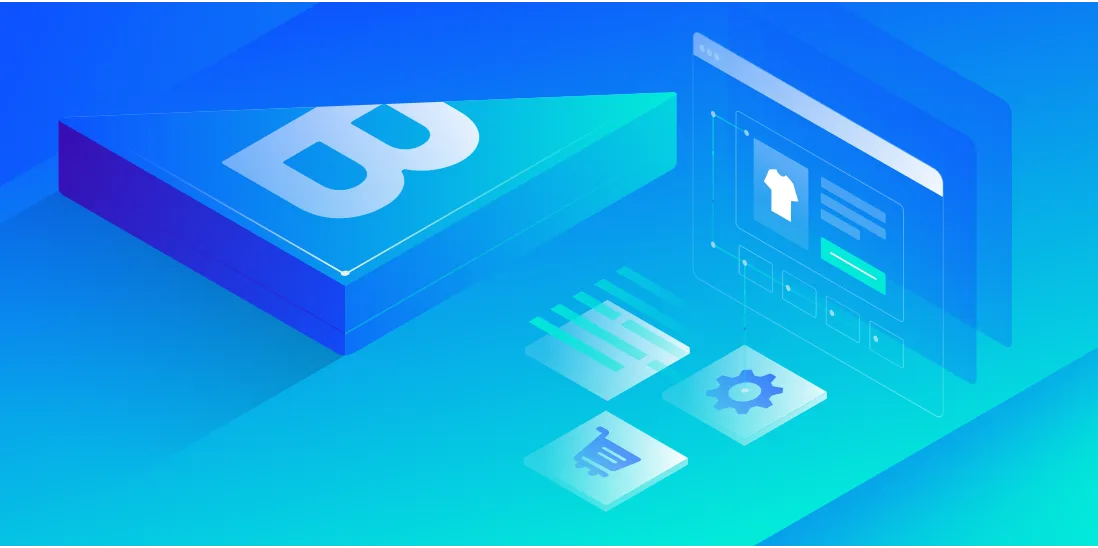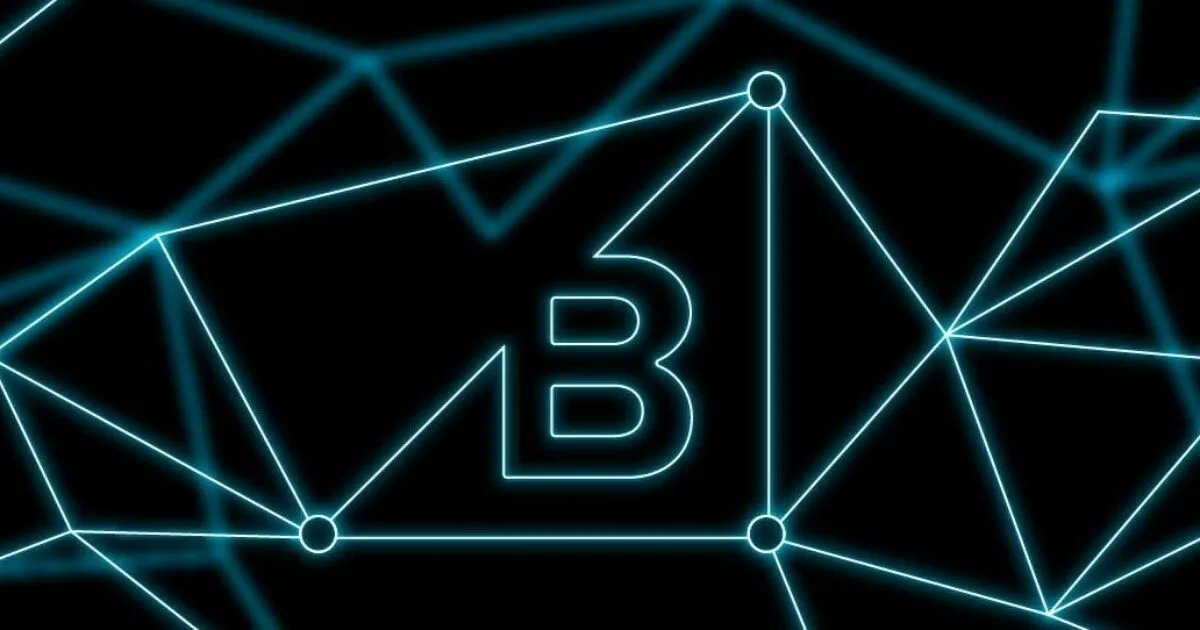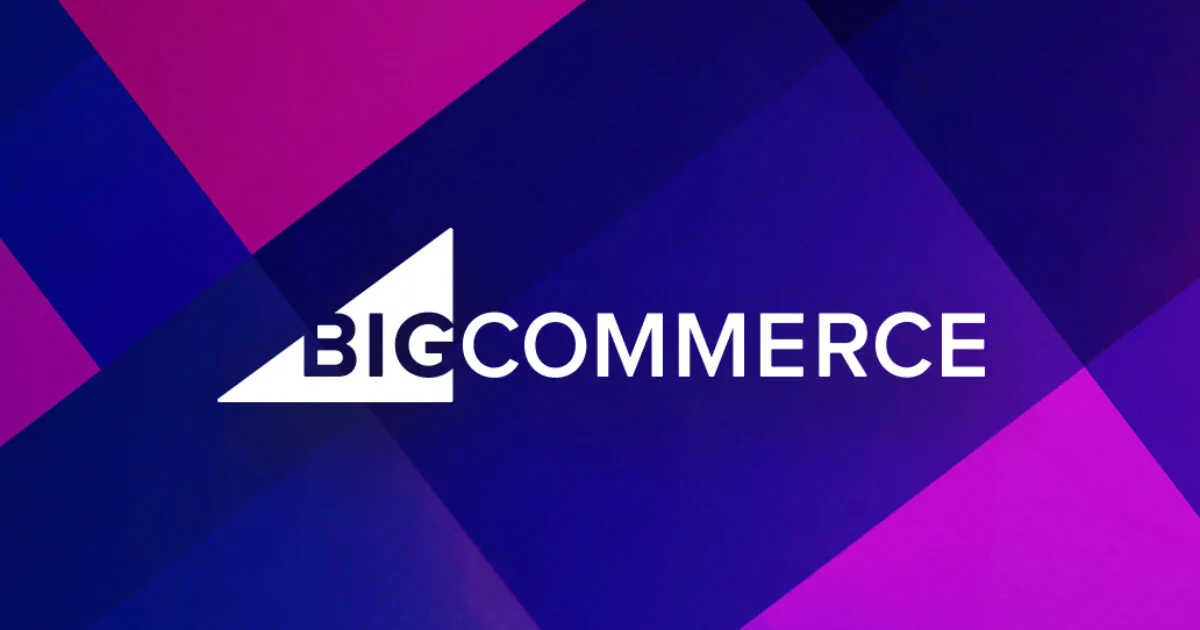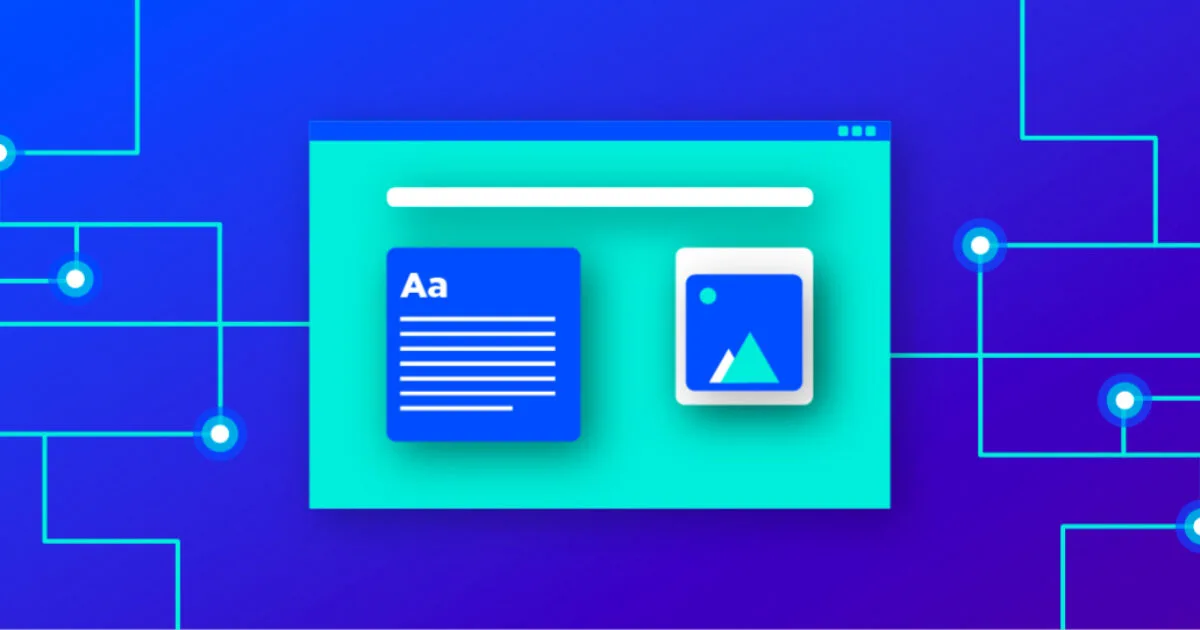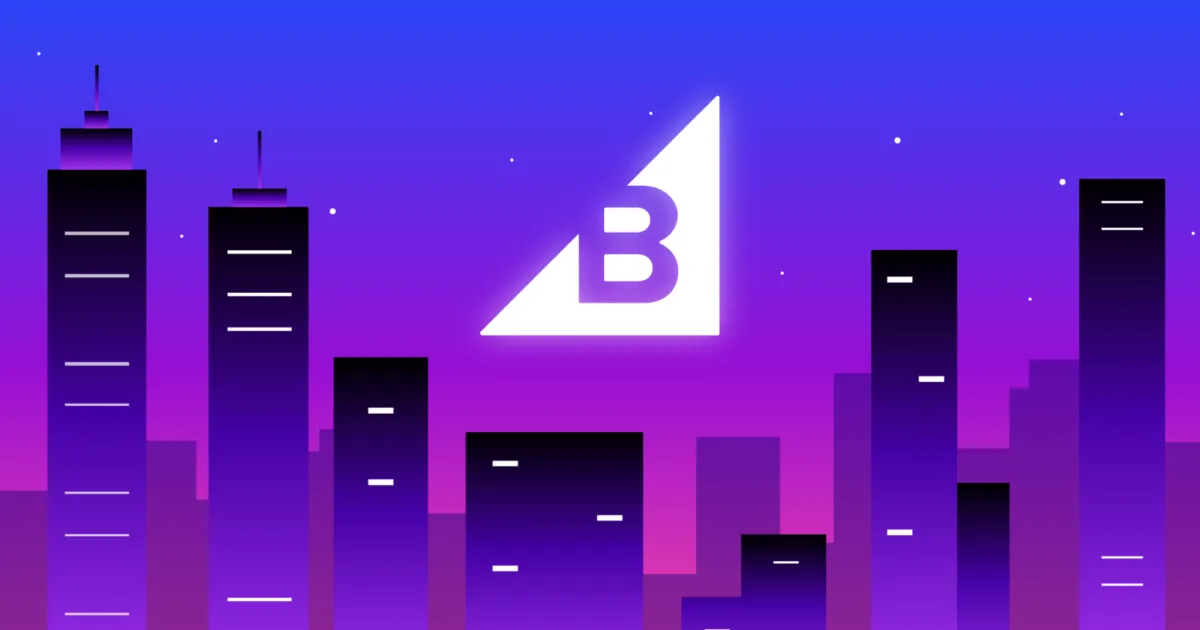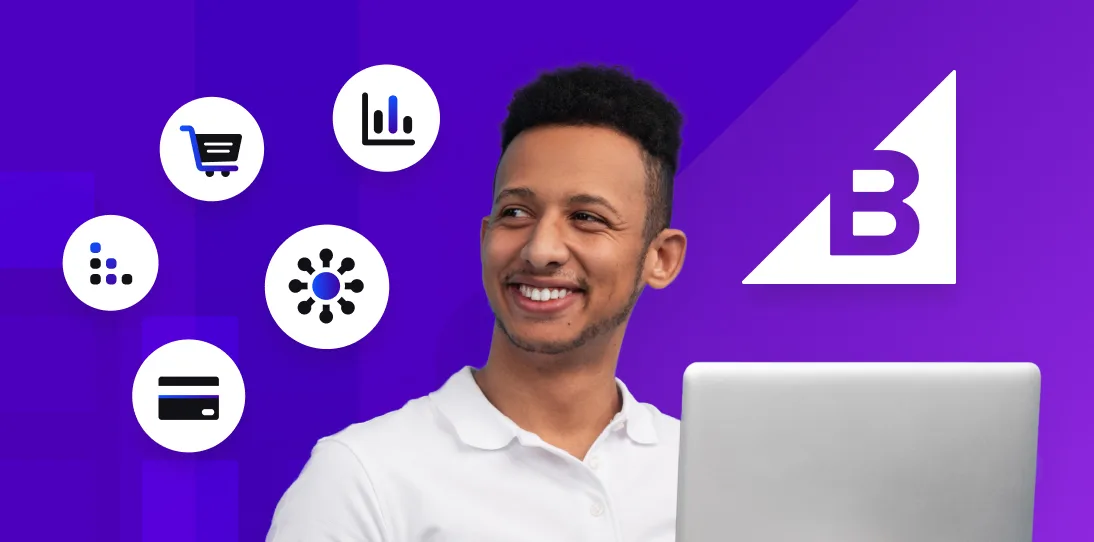by
Headless Commerce: How to Create Unique User Experiences with Your Ecommerce Platform
In just the last decade, the ecommerce world has experienced tremendous change: the explosion of mobile commerce, the birth of social commerce, the market domination of ecommerce giant Amazon — not to mention ever-shifting consumer behaviors and expectations.
So how can online retailers keep up with new trends and quickly respond to technological change? And how can ecommerce platforms meet the demands of the modern-day customer?
Enter headless commerce.
Headless commerce architecture is the decoupling of a website’s frontend presentation layer — which includes items such as text colors and styles, images, graphs and tables, buttons, etc. — from the backend ecommerce functionality — pricing, infrastructure, security, checkout, etc.
Developers can utilize their frontend technology of choice to deliver high-quality content experiences and plug in an ecommerce solution on the backend that manages all commerce functionality.
According to Forbes, over $1.65 billion in funding was raised for headless technologies in 2020–2021 alone — and as more ecommerce businesses race to keep up with current trends, this number is bound to grow.
In this guide, we’ll explore the key differences between traditional and headless commerce, what benefits you can expect from headless solutions and how our own merchants are reaping the rewards of headless commerce.
Headless Commerce vs. Traditional Ecommerce
Flexibility is the impetus behind a move to new ecommerce models.
Because the customer side of the site is decoupled from the technical side, the headless model is able to offer businesses an unparalleled level of flexibility, which is vital in today's market. This flexibility allows brands to create a unique customer experience on the frontend.
Traditional ecommerce.
The most traditional ecommerce model is the all-in-one monolithic model mentioned above. Before headless entered the picture, many brands used a monolithic strategy, and many agencies even recommended it for enterprise and well-established businesses.
Upsides to a monolithic model are full platform control for the IT department — which may come in handy if a frontend experience needs extreme customization. Plus, with legacy ecommerce platforms, everything is packaged together, which makes it easy to set up systems and use pre-installed tools.
On the other hand, monolithic strategies often have slow go-to-market timelines and high development costs which can delay innovation. Plus, there is little room for rich merchandising, customization and design opportunities, and it may be difficult to integrate your current systems.
Headless commerce.
Headless commerce systems meet businesses where they need commerce functionality. Brands can deliver API-driven experiences through a CMS, DXP, application, device or custom frontend — with BigCommerce powering the commerce engine.
With headless, brands can create ecommerce experiences using powerful APIs (application programming interfaces).
At BigCommerce, the core components of our SaaS platform are open to extension and connection to any other environment to increase efficiencies and reduce bottlenecks.
From highly customized React.js or angular sites to a CMS, it's possible to integrate even the most complex commerce requirements with beautiful work. Brands don't have to compromise content to combine it with agile, flexible ecommerce.
Commerce-led or commerce-first models use APIs for data orchestration and give relative control to IT teams for infrastructure connectivity. On a SaaS platform, the number of API calls available is important to making sure this functions properly.
Open SaaS is a SaaS platform architecture choice which includes the following:
High or unlimited API call volumes.
Multiple endpoints.
Well-documented developer documents.
A heavy focus on API development in product roadmap make.
For platforms using a monolith technology, the frontend/presentation layer and the backend/server-side are packaged together into an all-in-one solution. While this does make setting up your online store more simple and straightforward, it might present some complications for enterprise-level businesses.
This is why many businesses are shifting from a monolith approach to MACH.
A type of composable architecture, MACH stands for microservices, API-first, cloud-native SaaS and headless. Contrary to a monolithic architecture, which lacks the flexibility needed to adapt quickly to digital change, MACH architecture allows you to choose the technology that works best for your business and future goals. Click here for more information on how to go headless with BigCommerce.
Ready to Go Headless?
Discover more about BigCommerce's headless solution and the unparalleled speed and flexibility it can bring to your business.
Headless Commerce Benefits
There are multiple benefits to using both a commerce-led or a content-led ecommerce strategy.
Content- and experience-led strategies using headless commerce can provide brands with:
Advanced technologies to create visionary, fast websites.
Flexibility and familiarity for frontend developers.
Complete ownership over site architecture.
Marketing effectiveness for innovation without hurting backend processes.
Speed to market for international and omnichannel GTMs.
Conversion rates and lower customer acquisition costs.
Additionally, headless commerce opens up a world of possibilities with brands that are looking for a content-led strategy to begin with. There are truly no limitations to the customizations that can occur in the digital ecommerce space.
Let’s look at a few of the greatest benefits of headless commerce.
Flexibility and familiarity for developers.
Headless commerce enables brands to choose the ecommerce platform that works best as the engine for their online store while also working with the frontend of their choice, be it a CMS, a DXP, a PWA or a custom solution.
BigCommerce has made it easier for developers to create custom headless solutions (and easier for merchants to discover and onboard them) with our Channels Toolkit. It allows merchants to both find and manage headless storefronts right from the BigCommerce control panel — reducing technical list and saving developer resources. You can learn more about how it works here.
If a development team has a certain technology or programming language they’re comfortable working with, headless allows them to keep what works with their workflow while streamlining their processes and developing efficiencies.
Scalability.
As trends emerge and your company adapts, headless technologies can future-proof your brand, allowing you to adjust your frontend without having to replatform on the backend. Using APIs, frontend developers can add back-office functionality to your existing system and use frameworks as they see fit.
Rather than having to build a new website from scratch, using a headless solution, you can treat each new functionality individually and integrate new features as your site grows.
New technologies.
In a headless environment, brands can test new technology. By decoupling the frontend from the backend, developers are free to create as they please instead of being tied to the confines of a traditional CMS.
The frontend or the “head” of most ecommerce sites is the theme or template that controls what customers see. Headless allows for more flexibility in content delivery, because you can connect a CMS, DXP or Internet of Things device (IoT) that is specifically designed for creating content- or experience-led commerce. You can then swap out the frontend without affecting the backend operations.
Create fast websites.
When it comes to shopping online, maintaining a fast page load speed is vital. In fact, 70% of consumers say page speed affects their decision to buy from an online retailer, and according to a study by Google, the probability of bounce increases dramatically with every couple seconds added to the page load time.
Not to mention page load speed is a ranking factor for both desktop and mobile searches — which means the slower your site, the lower your chances are of ranking high on search engines.
Luckily, a headless ecommerce platform houses content centrally and is able to deliver it anywhere via APIs. This method allows for a much faster delivery than traditional ecommerce platforms and lends itself to exceptional customer experiences.
Complete ownership over site architecture.
On a headless commerce platform, the content management application and content delivery application environments are separated for greater control.
One reason brands turn to headless is because they already have a frontend solution they’re happy with, and they just need more from their backend system.
Headless allows brands to keep what works and add or upgrade what doesn’t.
BigCommerce, for instance, has integrations with WordPress, Bloomreach and Deity and allows merchants to deliver API-driven experiences through any CMS, DXP, application, device or custom frontend — all while BigCommerce powers the commerce engine.
Marketing effectiveness.
With a traditional monolithic system, you may find your options limited when it comes to developing new experiences on the frontend.
However, with a headless solution, you can integrate new technologies and adapt to new trends as they arise. As a result, your marketing team will have full freedom to innovate and build multiple user experiences across different channels — without hurting your backend processes.
With BigCommerce, merchants can take advantage of an extensive range of third-party apps and native marketing features. These are just some of the marketing tools you’ll find when you set up a BigCommerce storefront:
Customer loyalty programs.
Abandoned shopping cart saver.
Customer Groups.
Built-in blog.
Social media sharing.
Email marketing.
Speed to market for international and omnichannel GTMs.
Combine all of the advantages above and now apply them to the process of launching in new geographies or launching micro-brands.
Once you have the system setup, a headless solution is easily replicable across the board, optimized for international search engine optimization and connected to the overall data orchestration infrastructure.
Since the frontend is decoupled from the backend, developers can work on customer-facing experiences independently from the commerce engine. This means that frontend and backend teams can continue innovating without waiting for the other to finish.
For this reason, SaaS and headless commerce can help ecommerce brands get to market quickly, and BigCommerce even provides enterprise launch packages and data migration services to assist merchants with integrating their existing systems and getting to market faster.
Improve conversion rates and lower customer acquisition costs.
Customer acquisition costs are rising for a number of businesses due to an increase in paid advertising.
Headless is an effective way of reducing these costs, because your brand can use a content- or experience-led strategy to draw in organic traffic instead of relying on paid advertising.
You can test out various frontend solutions while running the same backend — and vice versa — to see which one brings in the most traffic. By running continuous tests and trying out various templates, you’ll be able to gain a better understanding of your audience and improve your conversion rate faster than traditional online brands.
Go truly omnichannel.
Considering 73 percent of customers use multiple channels when making a purchase and 76% prefer different channels depending on context, taking a single-channel approach is no longer sufficient.
Luckily, going headless means you can promote your content across the channels you have now — as well as new ones you add in the future. Since you’re able to modify your frontend without affecting your backend, you have the freedom to add multiple online and offline experiences, whether it be a mobile app, an online marketplace or an IoT device such as a smart watch or mirror. All the while, your commerce engine is consistently running on the backend.
Using headless platforms, merchants can create omnichannel experiences by making products available in places other than your online storefront — and for BigCommerce merchants, these sales channels are available no matter which plan you’re on. With BigCommerce Channel Manager, you can easily sell on:
eBay.
Amazon.
Instagram.
Facebook.
Pinterest.
Anywhere you can add HTML with buy buttons.
Headless Commerce Use Cases
Whether you prefer WordPress, Drupal, Bloomreach, Adobe Experience Manager or other CMS/DXPs, PWAs or have your own custom built solution with leading technologies like Gatsby — headless commerce works in just about any use case.
All you need is an API connection to decouple the platform’s presentation layer and then plug the platform in to where you need it to work.
The most common reasons for using a decoupled SaaS ecommerce platform in combination with a separate front end solution are:
PCI compliance mitigation: Less work for IT teams, as the SaaS provider takes on the risk.
Checkout security and fraud protection: Same as above. Less work for IT teams as the SaaS provider takes on the risk.
Open architecture and extensibility: Utilize pre-built integrations with ERPs, CRMs and more, or custom build your own with additional APIs and SDKs.
Custom solutions.
A major reason to choose headless may be because you have big ideas that no one system can provide out of the box. Maybe you’ve found the customization you need by working with open-source platforms in the past but couldn’t handle the long development cycles and maintenance.
Headless can allow you to keep the customization and lose the cost and upkeep. Or maybe you’ve worked on SaaS but found it was limiting your innovation.
Headless can provide you the open SaaS experience that’s the best of both worlds. APIs enable the flexibility you need to think beyond the limits of any one platform or technology and seamlessly connect systems in a more modular fashion.
BigCommerce makes it even easier to discover, test and onboard headless solutions right from the Channel Manager through our Channels Toolkit.
Being innovative and delighting customers with unique and compelling digital experiences can make or break an ecommerce business. Headless can make it easier to customize and pivot your site to stay on the cutting edge.
Content Management System (CMS).
When the headless approach is paired with a CMS, it makes for a powerful combination. In these cases, the ecommerce platform is decoupled from the presentation layer, so a brand can use popular CMS solutions like WordPress, DXPs like Drupal or custom frontend solutions for unparalleled customer experiences that increase conversion.
Especially if you’re taking an omnichannel approach, pairing headless commerce with a headless content management system is the way to go. Using a single CMS, you can create channel-specific content and various user experiences with APIs powering your frontend and backend.
If you choose CMS from a SaaS provider, the ecommerce platform will provide PCI compliance and inventory management — though it can be connected to additional systems like an ERP, PIM or OMS tool via APIs.
WordPress.
WordPress is the CMS of choice for more than 30 million websites around the globe.
With BigCommerce’s launch of the BigCommerce for WordPress plugin, there is now a scalable, SaaS solution available for the WordPress brand. BigCommerce also partners with Nexcess for unparalleled WordPress hosting support.
Contentful.
Contentful is a headless CMS and API-first content management platform that allows users to create, manage and distribute content on any digital channel.
Unlike a traditional CMS, Contentful gives users full control over their content model so they can choose which content they want to manage. With REST APIs, users can distribute content across websites, mobile apps and a variety of other channels.
Contentful offers a user-friendly interface so that users can manage their content independently, or they can assign custom roles, permissions and validations to work with a team.
Prismic.
Prismic is a headless website builder that helps digital companies unlock growth with optimal performance, strong branding and fast iteration.
As an API-first, hosted, proprietary CMS, Prismic offers a web app for creating and publishing content in a way that is easier for both developers and editors.
Unlike other solutions, Prismic is compatible with every technology, allowing developers to us whichever tools/languages they prefer; it allows content teams to work independently, updating content in the authoring environment without involving developers; and it does not require infrastructure management, which means marketing teams can begin creating and publishing content right off the bat.
Contentstack.
Contentstack, a pioneering agile CMS, empowers marketers and developers to collaborate around content.
As a headless, API-first solution, Contentstack works to simplify content creation by separating the frontend content from the backend code, allowing developers to create and manage content via RESTful APIs. Using Contenstack’s technology, teams can publish across multiple platforms including online stores and mobile apps.
Similar to Prismi, Contentstack gives teams the freedom to create content independently from backend developers so they can get their websites off the ground quickly and seamlessly.
Digital Experience Platform (DXP).
A DXP is a type of software that enables companies to quickly digitize and provide an improved customer experience. Combining a DXP with a headless CMS solution can result in a strong foundation.
The value in this partnership comes from the flexible, API-driven content and its capability to integrate with other services. This combination allows developers and marketers to work separately and also leaves room for additions and edits without affecting the project flow.
Let's explore some examples of DXPs using the headless commerce approach.
Bloomreach.
Bloomreach is a DXP and headless commerce solution perfect for large, enterprise retailers. The solution offers a microservice/headless architecture and APIs to reduce IT complexity in powering a unique experience from homepage to checkout.
For merchants running a complete omnichannel business, Bloomreach’s microservice architecture and partnership with BigCommerce may be a good fit.
Uniform.
Uniform is a frictionless DXP built for modern-day performance and scalability needs.
Their technology gives merchants the ability to integrate both traditional and headless solutions, minus the hassle of replatforming. This means that users can implement omnichannel strategies and seamlessly create new user experiences — no matter how their tech stacks evolve over time.
Amplience.
Amplience is a DXP designed to meet customer demands both today and down the road.
Working with over 400 brands from Crate & Barrel to Primark, Amplience provides feature-rich, enterprise-level, out-of-the-box DAM (digital asset management), DXP and CMS capabilities. Taking a MACH approach, Amplience offers a developer-powered, business-enabled solution for users looking to create superior digital experiences and keep up with evolving trends.
Progressive Web Apps (PWA).
Progressive web apps (PWA) are web applications that use the latest web capabilities to deliver a native app-like experience to users. They are regular web pages or websites but can appear to the user like traditional applications or native mobile apps. They combine the capabilities of websites and mobile software to create an immersive user experience that can lead to higher conversion rates and more time spent on site.
BigCommerce is committed to providing merchants the capability to leverage PWAs. We offer integrations with DEITY Falcon and JMango360, as well as a Gatsby-Netlify CMS template to jump-start developing a serverless PWA storefront.
Here are a few ways brands can leverage PWAs on the frontend in a headless implementation:
Vue Storefront.
Vue Storefront allows merchants to build engaging user experiences across all devices. It easily connects to all major ecommerce backends, including BigCommerce. The solution uses PWAs to power the rest of the experience and allows brands to improve their user interface without making changes to the backend.
Next.js.
Next.js is a React framework that enables users to fast, user-friendly static websites and single-page JavaScript applications.
With hybrid static and server rendering, code splitting and bundling, fast refresh, zero config and more, Next.js offers all the out-of-the-box tools needed to make the web faster and meet customer expectations.
Gatsby.
Gatsby is a React-based, GraphQL-powered framework that combines aspects of React, GraphQL, webpack and other frontend solutions to create an enhanced developer experience.
By managing code splitting, code minification and other backend optimizations, Gatsby makes it simpler and more enjoyable for developers to build websites and create top-notch user experiences. As a result, according to Gatsby’s data, content teams can deploy headless websites 10x faster and with 60% faster page load speed.
With Gatsby.js as your frontend framework, you can turn your BigCommerce store into a PWA using a fast static-site generator that’s built for speed, security and scalability.
Unlocking Flexibility: Examples of Headless Commerce in Action
It’s often very difficult to tell if a brand is using headless commerce as a strategy just by looking at it. This will only become more true as headless ecommerce becomes more mainstream and loses its URL redirect to a checkout page.
For the time being, let’s look at a couple headless commerce examples.
Burrow.
Burrow is a direct-to-consumer furniture store, founded specifically to eliminate the hassles of traditional furniture shopping. They designed a modular product that was stylish and comfortable and could be affordably shipped to customers. Their idea resonated, and after launching in 2017, they saw $3 million in sales. This was great for their business growth, but it also meant they were already outgrowing their ecommerce platform.
In addition to needing a powerful backend platform that could grow and scale with them, Burrow also needed to be able to customize their site quickly and easily. Their ideal solution was one in which templates didn’t limit their creativity and developers weren’t needed to make simple changes.
Burrow found they could solve all of their challenges by choosing BigCommerce as a scalable backend system. The reliability and lack of maintenance frees up their team to work on more marketing-focused updates to the site. They are able to use a custom CMS on the frontend so that they aren’t too constrained by templates and can create the kind of experiences they want for their customers.
The Good and the Beautiful.
The Good and the Beautiful, an international company producing pre-K through high school curriculum, got its start on 1shoppingcart.com, where founder Jenny Phillips managed the website. However, as sales increased, the platform simply didn’t have the scalability to grow along with the business.
On top of that, the team wanted a more attractive, user-friendly frontend and felt that migrating to a decoupled architecture would be their best bet. At the same time, the team also needed a more optimal backend experience for shipping and order fulfillment.
The Good and The Beautiful considered several platforms, including Shopify, Magento and WooCommerce, but eventually landed on BigCommerce.
Not only was BigCommerce scalable enough to grow with the business, but its reputation for working with large clients and offering great customer support were just a few of the factors that drew The Good and the Beautiful to our platform.
After migrating, The Good and the Beautiful experienced a 72% increase in conversion rate, a 358% increase in orders and a 322% increase in revenue.
To see more examples of headless commerce in action, check out our BigCommerce Case Studies page.
Make It Big 2022 Conference
Watch our Make It Big 2022 conference and get ready to level up.
The Final Word
In our survey with Retail Dive, 60% of participants identified two strategies as the most important to managing or reducing customer acquisition costs: creating content to publish via their own channels and improving their overall digital experience.
As we continue to move into a relationship marketing model that’s informed by content, blended with commerce and based on experience, you have to be extremely agile and highly adaptable to thrive.
After all, the only constant is change.
SaaS ecommerce solutions can enable you to quickly adapt to change while achieving a lower total cost of ownership, a faster time to market, greater security and everything you need to deliver a world-class online shopping experience. Open SaaS and headless are a way you can achieve all of this with added flexibility and choice when it comes to what frontend you use. If you want to learn more about how headless commerce is being used to drive content-led and experience-led online stores, check out the BigCommerce headless commerce solution.



